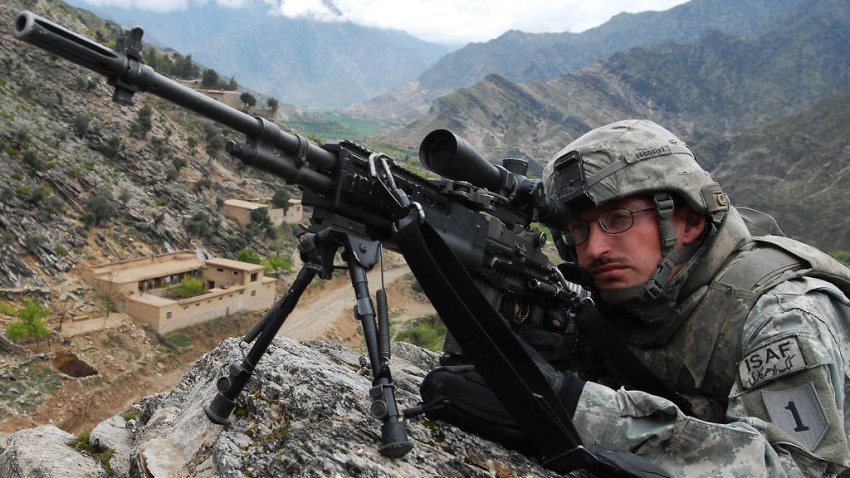Over time, both the government and the insurgents develop a vested interest in the continuation of an insurgency based conflict. . . . For the government, a continuing insurgency can be a source of outside assistance but might also provide an alibi for poor domestic performance. The government might face lower expectations for economic development, promotion of rights, etc. Hence the government benefits from continuation of an insurgency that does not threaten to overthrow it.
The manuals also show an awareness that America’s local partner might not, as the Army/Marine manual explains, “be willing to undertake the political changes necessary to address the root causes of the insurgency.”
But despite the sophisticated thinking in the new doctrine, there are deep problems with the way the United States undertakes counterinsurgency that the military alone cannot fix. One is the possibility that future policymakers will opt to support a regime that is unable or unwilling to take the actions required to root out the political, economic and social pathologies that allow insurgency to take hold. For the United States, a worthy partner in counterinsurgency must be both viable and compatible, meaning that it shares Washington’s interests in eradicating the insurgency and changing the factors that empowered it. Regimes facing insurgency often are unwilling to make these sorts of deep systemic changes and only want to do enough to cling to power and keep aid flowing. Sympathetic U.S. policymakers serve as enablers, leading recalcitrant partners to believe they can cling to power with only superficial reform.
But while the military understands this dilemma, it can do little about it. In part this is because it is hard to tell at the beginning whether the partner government will accept or resist deep change. If, for instance, Ukraine or Nigeria requests American counterinsurgency support, how can the United States know whether those governments will be another Colombia or another Afghanistan? And even knowing its partners would resist true reform, could Washington turn down a plea for help from a government facing Vladimir Putin’s thugs or the horrific Boko Haram movement?
Another big problem that the new manuals note but cannot resolve is what might be called the “whole of government” issue. The U.S. military can deal with armed insurgents and help partner security forces do the same. But the military cannot do all the other things needed for lasting success at counterinsurgency, like helping the partner government develop an effective police force, a fair legal system, good governance, an inclusive political system and a prosperous economy. Yet even though U.S. government agencies other than the Department of Defense understand this, they lack capacity. The U.S. military can plead for greater interagency assistance during a counterinsurgency campaign, but it seldom gets as much help as it would like or needs. The new military doctrine simply makes note of this problem.
The admission of the complexities and contradictions of counterinsurgency in the two new doctrine manuals suggests that the U.S. military did learn extensively from Iraq and Afghanistan. But this might not be enough to assure success if—or when—the United States again becomes involves in counterinsurgency. There is a chance that the future might replicate the past, with military officers drawing on the institutional memory of their services, aware that a potential partner regime is neither viable nor compatible but unable to convince senior civilians in private and, out of loyalty to the president and other civilian officials, unwilling to make their point in public. After all, it was not the lack of counterinsurgency doctrine that embroiled the United States in Iraq, but the unwillingness of senior policymakers to listen to warnings about the difficulty of stabilizing a deeply damaged and fractured nation. Even had outstanding military doctrine been sitting on the shelf, it would not have prevented the strategic disaster.
There is a chance that future military leaders will remember the lessons of Iraq and Afghanistan, but a new generation of political leaders will not. The military may have learned how insurgencies work and what to do about them, but it remains to be seen whether it learned how to stop policymakers bent on bad decisions. At least for a while, Iraq and Afghanistan will keep policymakers from committing to large-scale counterinsurgency. Eventually, though, that memory will fade, and the United States may once again undertake counterinsurgency support, whether in a small or large way. Only then will the U.S. military truly know whether the lessons it drew from Iraq and Afghanistan were adequate for a future counterinsurgency campaign fought somewhere else under very different conditions.
Steven Metz is a defense analyst and the author of “Iraq and the Evolution of American Strategy.” His weekly WPR column, Strategic Horizons, appears every Wednesday. You can follow him on Twitter @steven_metz.
Photo: U.S. Army soldier from the 10th Mountain Division scans for suspicious activity, Kunar province, Afghanistan, June 2009 (U.S. Army photo by Sgt. Matthew C. Moeller).
U.S. Military Learns COIN Lessons, but They Might Not Be Enough

